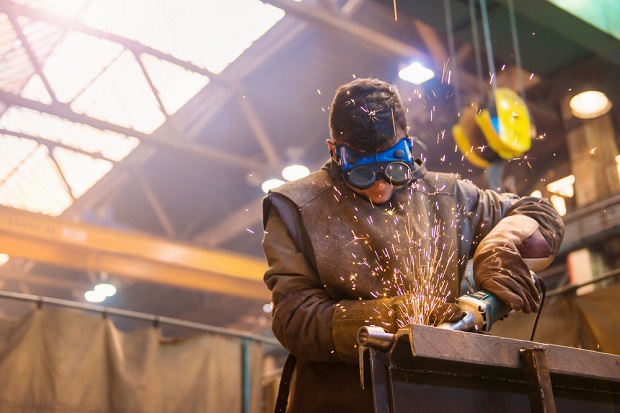The modern world is often referred to as a metallic jungle because almost every other structure that we see has some or the other metallic component in it and the most commonly used metal here is steel. Now, steel fabrication demonstrates how people can create these unique structures but the important question is what steel fabrication is. In layman definition, steel fabrication is the process of transforming steel from one form to the other for various purposes. Steel is one of the metals, which does not get corroded easily and so materials after steel fabrication are used for domestic purposes as well as for industrial sectors.
 |
| Quality Steel Fabrication |
Steel fabrication is not an easy job which is why you need to know it as thoroughly as possible to make sure you don’t miss out on any important step in between.
The Structural Steel Fabrication Process
Structural steel fabrication process is the reason why we get to see some of the most unique structures on the planet. Good examples of structural steel fabrication process include structures like bridges and flyovers which we use almost every day for travelling purposes.
 |
| Steel Fabrication Worker |
1. Cleaning Surfaces: the first step of structural fabrication process includes the cleaning of impurities which is needed to be done before moving onto fabrication. Here the most prudent way of achieving the right results is either through the process of blast cleaning or by flame cleaning as per the requirements.
2. Cutting and Machining: as soon as the surface is clean, you will need to cut the steel into correct lengths. There are a number of different methods which you can employ to do this job but these three are known to yield the best results.
- Flame Cutting or Burning
- Arc Plasma Cutting
- Shearing and Cropping
3. Drilling and punching: with the completion of the previous process, we have to concentrate on punching and drilling the metals at the right places. There are a number of different kinds of drills you can use for getting the job done including radial drills. But nowadays, industries are more interested in using NC or Numerically Controlled tools. Drilling and making holes inside the sheet metals are very important and so the fabricator works with the digitally-operated machines. Moreover you can also punch your way through the steel sections which is a process you will see being used when you want squared holes in the sections. This is touted to be a faster process as compared to drilling but is restricted to plates which have smaller thickness only.
4. Straightening and Fitting: Now, it is possible that the steel plates may get distorted at any stage of fabrication, which is what brings us to straightening of such sheets. The straightening of the steel sections will depend on the product which needs the treatment. For example, gag press is something which can be really helpful if you are trying to straighten objects like heavy bars, channels, beam, etc. whereas in order to rectify issues of misalignment, most people opt for either pattern or spot heating. After this, the ancillary products are ready.
Thereafter, they are reamed and fitted together temporarily before the final assembly. In the final assembly stage, you will need to make sure that whatever fastening process you apply should hold the structure intact. The commonly employed methods here include bolting, riveting and wielding. Moreover, you can visit us to know more details about steel fabrication.







0 comments:
Post a Comment
Note: only a member of this blog may post a comment.